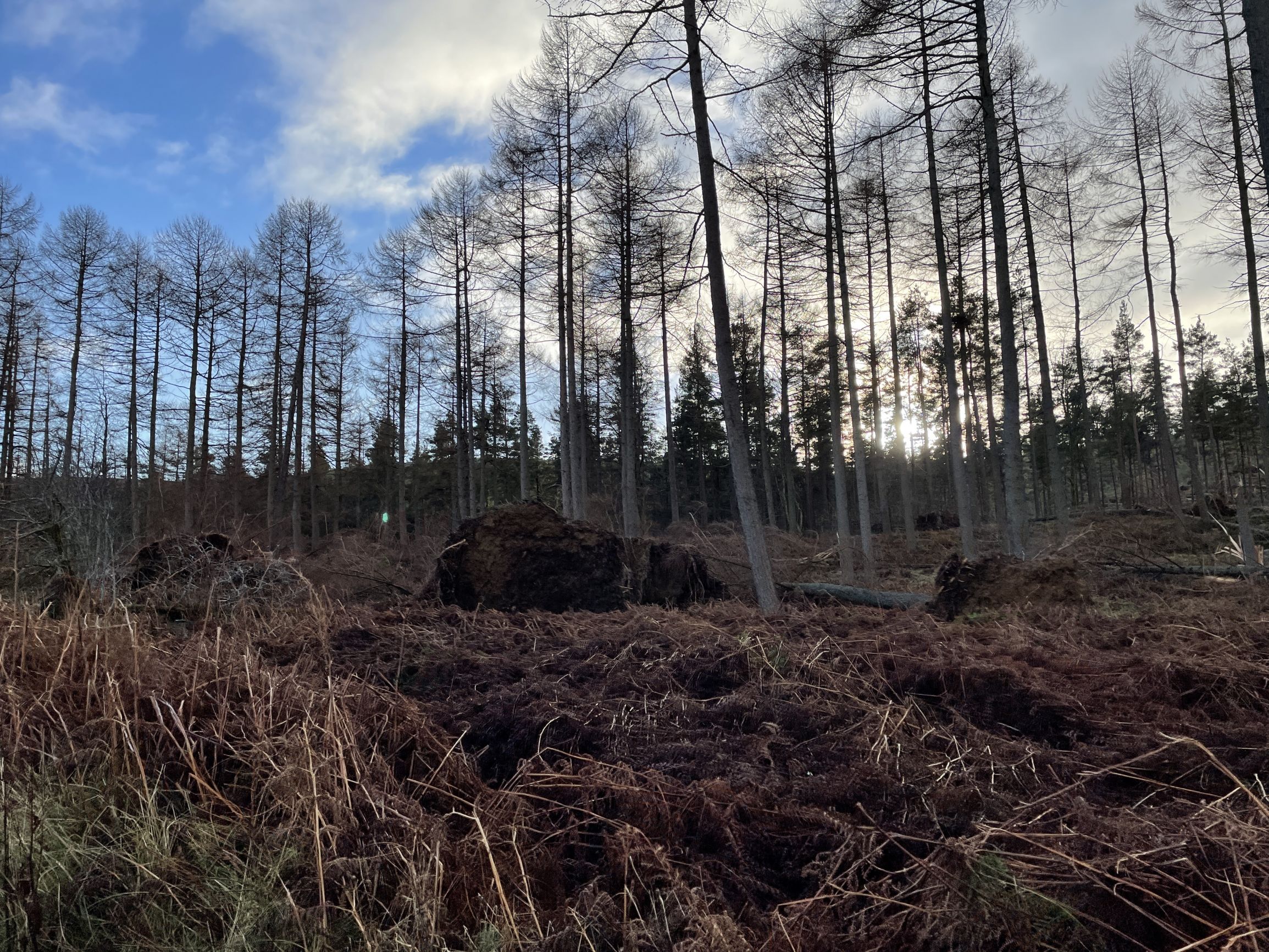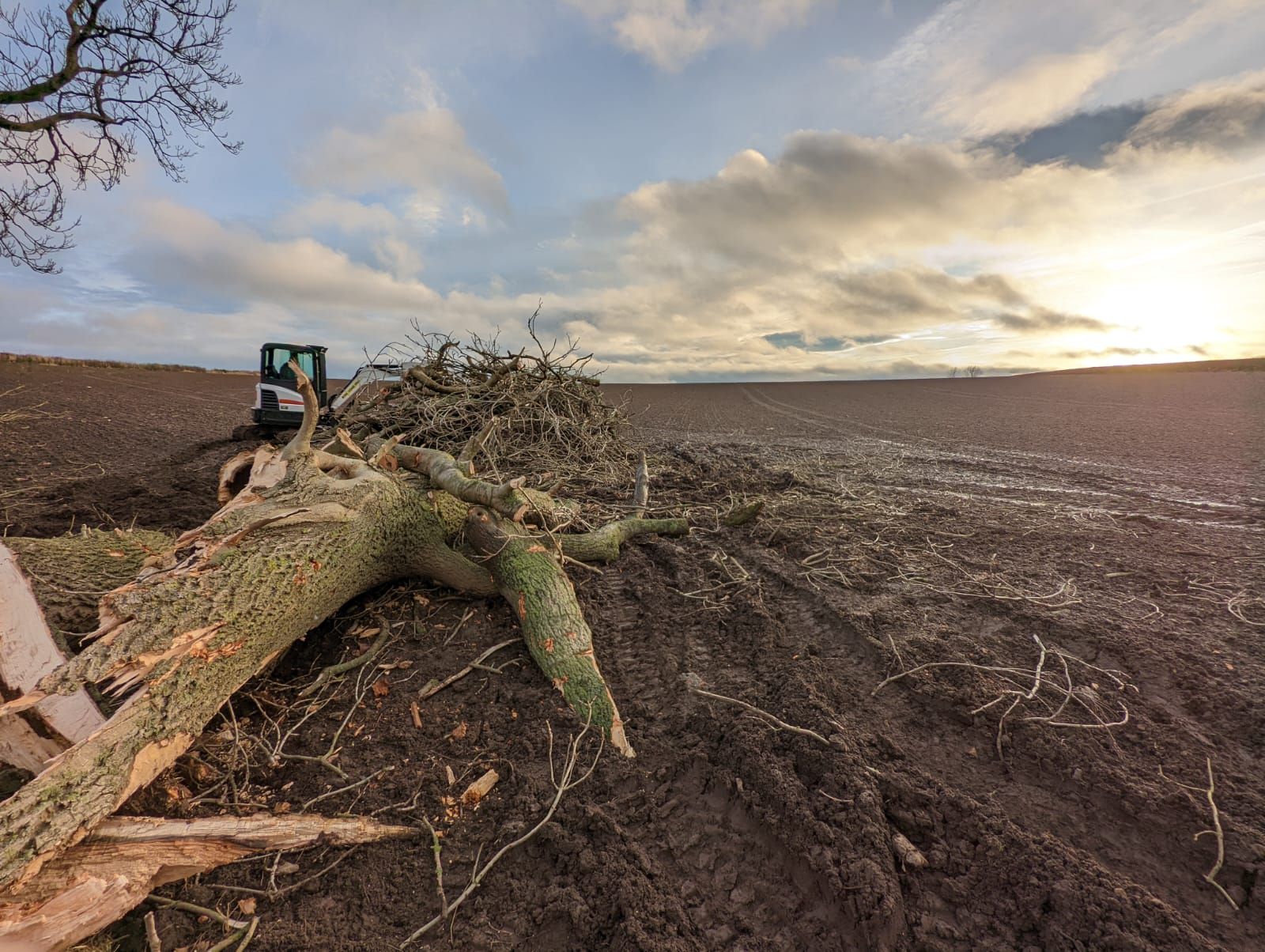The recent devastating impact of Storm Arwen, swiftly followed by Storm Barra, has brought into sharp focus the importance of woodland and tree management. This is not only to maintain a healthy balance and succession within both designed schemes and our natural landscapes, but also to ensure the health and safety of the general public.
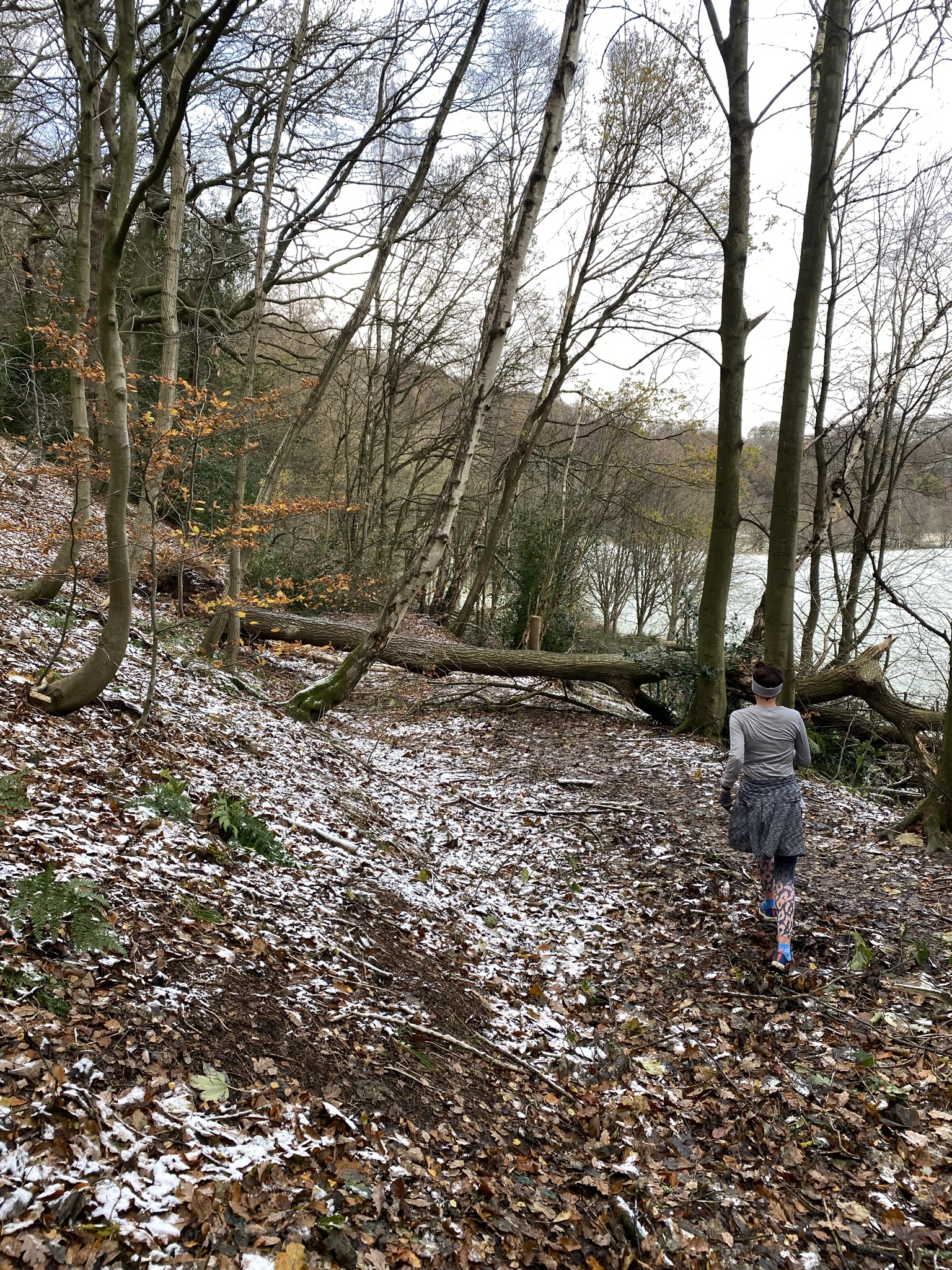
Landowners have a ‘common law’ duty to ensure trees within their land are maintained safely to avoid any potentially foreseeable injury or damage. Landowners also have a duty under the Occupiers Liability Acts to take reasonable steps to ensure visitors or trespassers on their land are safe. Our team at Southern Green have spent a great deal of time over the last couple of weeks liaising with clients to assist in resolving the issues created by the recent storms. What is particularly noticeable is the damage caused to seemingly healthy trees, where in many cases they have been uprooted from the ground and damaged beyond repair.
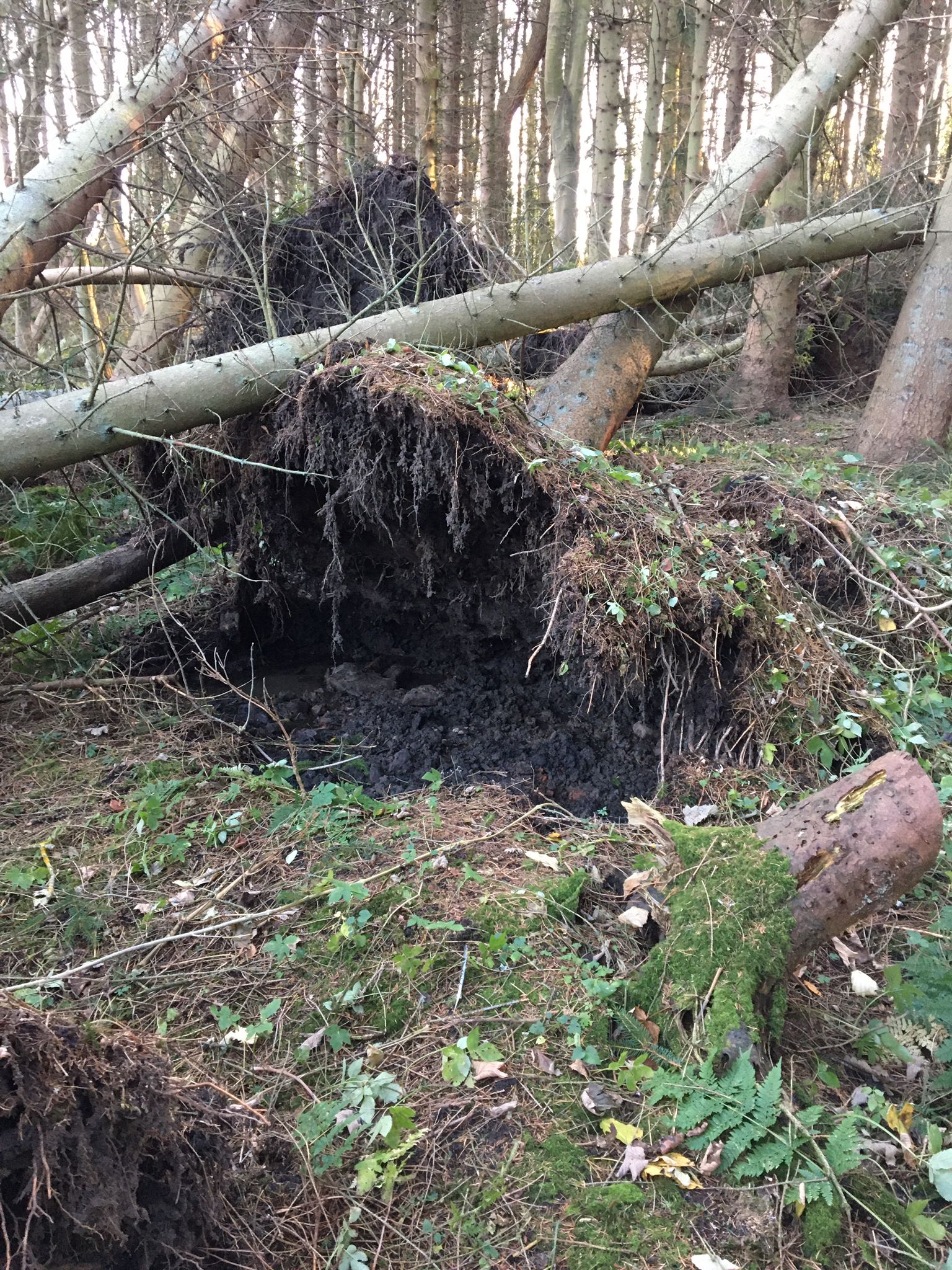
Are the failed trees a result of inadequate management and maintenance, or simply natures way of selective destruction that we could possibly see more of as a result of climate change? This is a difficult question to answer with any certainty, as what is clear is that no two situations are the same. Each tree is unique, as is the location in which it is planted. Topography, hydrology, soil conditions, exposure and tree health are all determining factors. In some instances there is no doubt damage will have occurred to specimens with inherent defects, however it is important to note that balanced woodland and tree management does not always mean removal is the best option - https://www.gov.uk/guidance/maintain-dead-wood-to-benefit-wildlife
How do we turn this into a positive? Whilst the destruction caused by storm Arwen has been devastating, as the clear up continues we must now look forward, and consider options to gain maximum benefit from the challenges brought upon us. Can repair work be implemented to not only for the purpose of reinstatement, but also enhancement and improvements? Where possible debris and fallen timber should be utilised to its maximum potential – log/habitat piles, fire wood, dead hedges from fallen brash and leaf mould/compost. There are a range of links below with some great advice on how materials from fallen trees can be used:
https://www.rspb.org.uk/birds-and-wildlife/advice/gardening-for-wildlife/dead-wood-for-wildlife/
https://www.rhs.org.uk/soil-composts-mulches/leaf-mould
https://www.woodlands.co.uk/blog/woodland-activities/dead-hedging-wildlife-friendly-and-people-guiding/
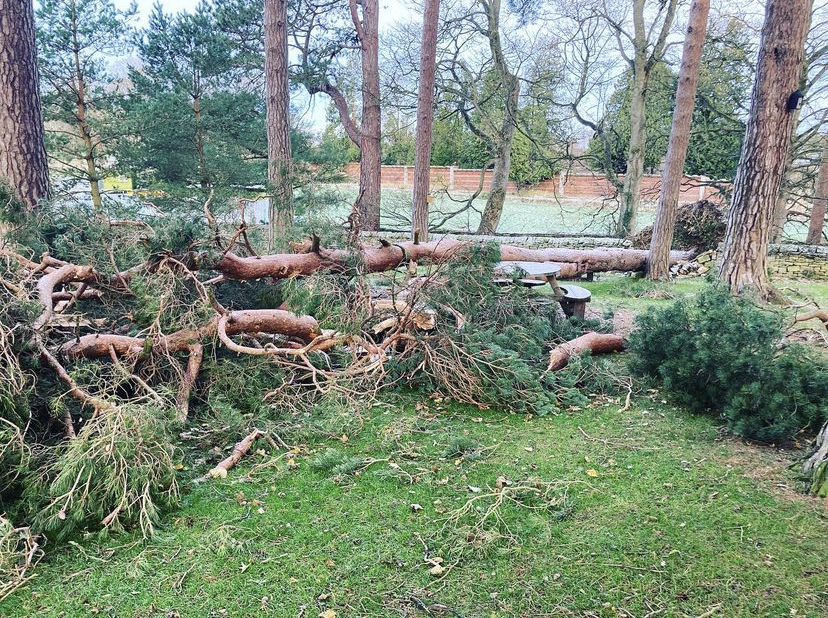
The other obvious result of storm damage are the opportunities which are presented in relation to re planting. Trees and tree planting will provide a vital contribution in our global battle against climate change. The benefits of trees in relation to carbon capture, air quality, health and wellbeing etc, are well documented https://www.woodlandtrust.org.uk/trees-woods-and-wildlife/british-trees/how-trees-fight-climate-change/. However, the solutions are perhaps not as well understood. Our team are passionate about trees and recently engaged with the North East Community Forest to obtain an understanding of how they have assisted with funding for tree planting schemes across our region. The schemes aim to enhance our environment through tree and hedgerow planting, something that is not only affordable, but easily accessible through grant applications which can fund up to 100% of both design and delivery for appropriate planting schemes. For more information about the available opportunities follow this link - https://www.newcastle.gov.uk/northeastcommunityforest.
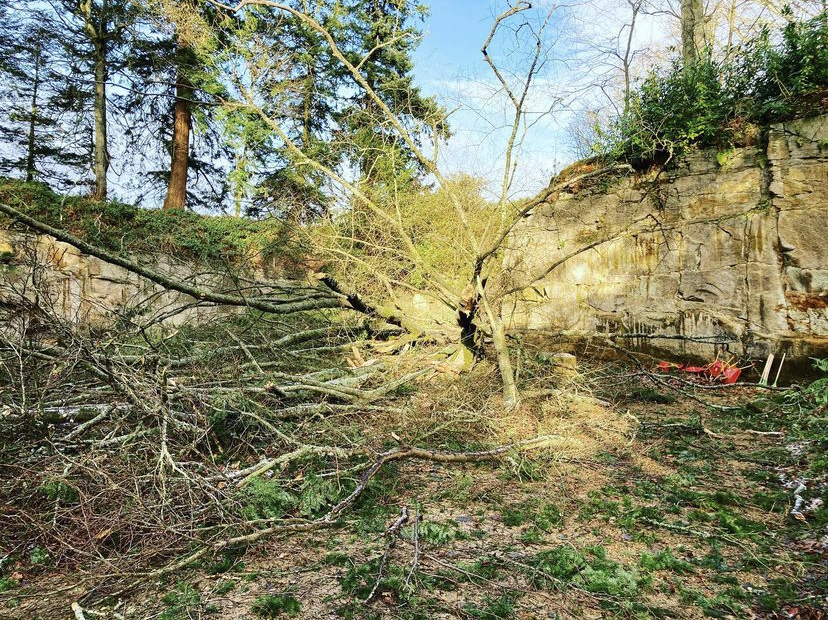
Lessons learned – As Chartered Landscape Architects we have a commitment to continued professional development (CPD). The impacts of storm Arwen and storm Barra are a timely reminder of our responsibilities as Landscape Architects to consider all aspects of the natural environment within our work and day to day lives. Within projects we must consider management alongside the question of retention and removal. Tree health is a major part of our work, and we work closely with Arboricultural experts on most projects, to ascertain the appropriate course of action specific to each given situation, and the site specific aspects of each project.
The importance of our natural environment, and the benefits it can offer to health, wellbeing and balance in our lives, has been brought into sharp focus in recent years. Climate change is an issue which we must face together, and as Landscape Architects, removing any tree is not a decision that we ever take lightly, without due consideration, and without having explored all other alternatives to ensure we strike the right balance.
However, as the clean up continues we must treat the events of the last few weeks as an opportunity, and in doing so explore all potential opportunities presented to us to enhance our environment for both ourselves and the generations to follow.
